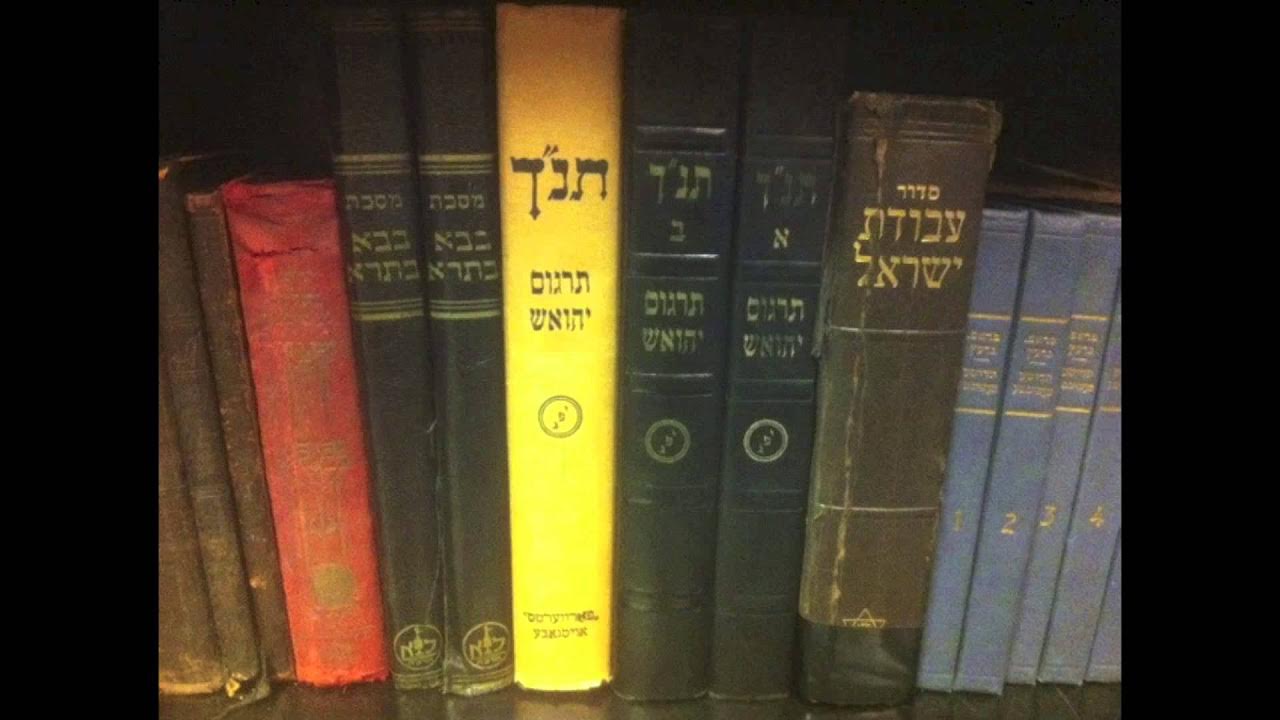What is Information?
Summary
TLDRThis video from Stacks & Facts explores the concept of 'information' across various disciplines. Starting with definitions from LIS and figures like Claude Shannon, it examines how information is seen as 'truthful' and about something, distinct from noise. The host delves into the DIKW pyramid, connecting data, knowledge, and wisdom, and looks at how information theory frames communication as a system with a sender, receiver, and medium. The video also touches on modern interpretations of information, such as Robert Losee's 'Information from Process.' Viewers are encouraged to form their own definitions.
Takeaways
- 🤔 Information is a complex concept with no universally agreed-upon definition, varying across disciplines.
- 📚 Philosophers define information as 'news or facts about something', emphasizing its factual and descriptive nature.
- 📈 Information is characterized by truthfulness, aboutness, and thing-ness, distinguishing it from mere noise.
- 🍪 The DIKW Pyramid illustrates the progression from data to information, knowledge, and wisdom, showing how information is processed.
- 👨💻 Claude Shannon, a pioneer in information theory, viewed information as a system to be engineered, focusing on transmission and reception.
- 🌐 Shannon's model includes the concepts of encoders and decoders, which transform information into transmittable and understandable forms.
- 🧐 Shannon also proposed that information resolves uncertainty, although this definition is not directly attributed to him in his works.
- 📊 Robert Losee suggests that information can be understood as the characteristics of a process's output that inform about the process itself.
- 🐱 Losee's definition allows for information to be non-human sourced, such as a kitten's purr, expanding the scope of what can be considered information.
- 🌐 The field of Library and Information Science (LIS) benefits from flexibility in defining information due to its interdisciplinary nature.
- 📖 Context is crucial when defining information, as suggested by the Chinese proverb 'find meaning according to context'.
Q & A
What is the central question discussed in the video?
-The central question discussed is: 'What even is information?' The video explores various definitions and interpretations of information across different fields.
Why is it difficult to define 'information' across different disciplines?
-It is difficult because different fields, like mathematics, biology, and poetry, have diverse perspectives on what constitutes information. Each discipline uses the term in ways specific to their needs and contexts.
How does the speaker define 'information' in relation to truthfulness?
-The speaker suggests that information is factual. For example, calling a cookie a cake would be misinformation, as it provides false information about the object.
What does the speaker mean by 'aboutness' in relation to information?
-'Aboutness' means that information tells us about something specific. Random words or noises do not constitute information because they don't convey meaningful data about a particular subject.
How does the speaker explain the 'thing-ness' of information?
-The speaker explains that information is a 'thing,' though it may be intangible. News or facts are things that are separate from the medium (e.g., newspapers, books) that carry them.
What is the DIKW Pyramid, and how is it relevant to the understanding of information?
-The DIKW Pyramid (Data-Information-Knowledge-Wisdom) is a model that describes how raw data is processed into information, which becomes knowledge and, eventually, wisdom. The speaker uses the analogy of cookies: the ingredients are data, the taste is knowledge, and the personal judgment about the cookie's quality is wisdom.
Who is Claude Shannon, and what is his contribution to information theory?
-Claude Shannon is a pioneer of information theory. He worked on wartime communications and is best known for his 1948 paper 'A Mathematical Theory of Communication,' which framed information as something that gets transmitted from a sender to a receiver, often with the potential for 'noise' or interference.
How does Shannon’s model view information transmission?
-Shannon's model views information transmission as a process that involves a sender and a receiver. Information is encoded into a format that can be sent through a medium, possibly encountering 'noise' or interference along the way, and then decoded by the receiver.
What is Robert Losee’s definition of information, and why is it important?
-Robert Losee defines information as the characteristics of a process's output that inform us about the process itself. This definition is significant because it can apply to many fields, not just human-sourced information, giving it flexibility across disciplines.
Why does the video suggest that having a single definition of information is not necessary?
-The video suggests that because Library and Information Science (LIS) draws from many different fields, having flexibility in how information is defined allows for better adaptation to various contexts. It also encourages exploring different interpretations of information based on specific needs.
Outlines

此内容仅限付费用户访问。 请升级后访问。
立即升级Mindmap

此内容仅限付费用户访问。 请升级后访问。
立即升级Keywords

此内容仅限付费用户访问。 请升级后访问。
立即升级Highlights

此内容仅限付费用户访问。 请升级后访问。
立即升级Transcripts

此内容仅限付费用户访问。 请升级后访问。
立即升级5.0 / 5 (0 votes)






